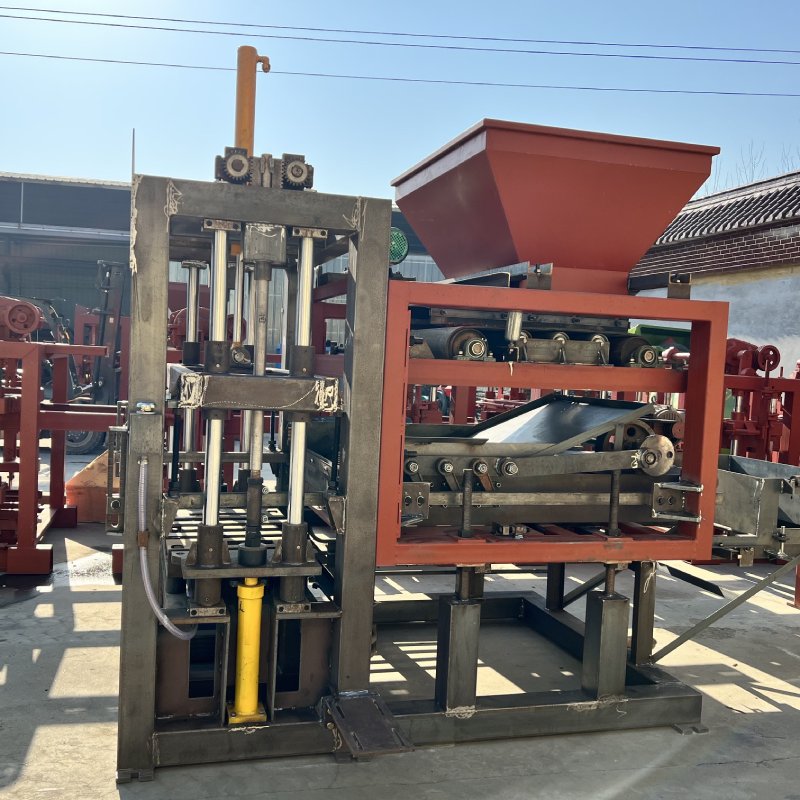
Bricks, one of the oldest and most enduring building materials in human history, have played a crucial role in shaping the world’s architectural landscape.
From the ancient civilizations of Mesopotamia to the modern metropolises of today, bricks have stood as a testament to human ingenuity and creativity.
The process of brick making, which has evolved over millennia, has now reached a level where art and science converge.
This essay explores the artistry and scientific advancements that characterize modern brick making.
From the selection of raw materials to the precise engineering of firing techniques, the journey of transforming clay into concrete exemplifies the harmonious interplay of tradition and innovation.
The Foundations of Brick Making: Clay and Raw Materials
The art of brick making begins with the careful selection and preparation of raw materials.
Clay, being the primary ingredient, plays a crucial role in determining the properties and quality of the final product.
Brick manufacturers carefully source clay deposits, selecting types with suitable mineral compositions and plasticity.
The clay is then processed through various stages, including crushing, grinding, and screening, to achieve the desired consistency and remove impurities.
In modern brick making, various additives and enhancements are introduced to improve the characteristics of the clay.
Materials such as sand, shale, or fly ash may be added to alter the color, texture, and strength of the bricks.
While natural clay bricks are known for their distinctive reddish hues, coloring agents can be added to produce bricks in a wide range of colors.
These agents are introduced during the mixing process to achieve the desired aesthetic appeal.
The Art of Shaping: Molding Techniques
Molding is a critical stage in brick making, as it determines the size, shape, and texture of the final product.
Modern brick manufacturers employ various molding techniques to create diverse brick designs.
Extrusion is a prevalent technique used in brick making, especially for uniform and mass production.
In this process, the prepared clay is forced through a mold to form continuous lengths of bricks, which are then cut into individual units.
Soft-mud molding involves using relatively wet clay in molds, resulting in irregular shapes and a handmade appearance.
This technique is often preferred for creating rustic, textured, or custom-designed bricks.
Dry-press molding utilizes highly compressed clay to produce dense and precise bricks.
This technique is favored for creating bricks with smooth surfaces and sharp edges, ideal for modern architectural designs.
Firing and Curing: The Science of Transformation
Firing is the transformative stage in brick making, where the raw clay is subjected to intense heat to convert it into a durable, solid form.
Modern firing techniques and technologies have evolved to optimize the process for improved efficiency and quality.
Traditional brick kilns, such as clamp kilns and bull’s trench kilns, have been used for centuries.
These kilns rely on natural drafts and wood firing, but they are less energy-efficient and contribute to air pollution.
Tunnel kilns are a significant advancement in brick firing technology.
They utilize a continuous conveyor system to move bricks through the kiln, ensuring a more uniform and controlled firing process.
Tunnel kilns are more energy-efficient and have lower emissions compared to traditional kilns.
Hybrid kilns combine different heat sources, such as natural gas and solar power, to optimize energy consumption and reduce environmental impact.
High-efficiency kilns use advanced insulation and heat recovery systems to maximize energy efficiency.
After firing, the bricks undergo a controlled cooling process to prevent cracking or damage.
Modern cooling technologies ensure a gradual and uniform cooling process, resulting in stronger and more durable bricks.
Innovations in Modern Brick Making
The modern era has seen remarkable innovations that have revolutionized brick making, enhancing its efficiency, sustainability, and versatility.
As environmental consciousness grows, brick manufacturers are increasingly using sustainable materials like recycled content, fly ash, and hempcrete, reducing the ecological footprint of brick production.
3D printing technology has made its mark in various industries, including brick making.
This innovative approach allows for the creation of complex and customized brick designs, expanding architectural possibilities.
With advancements in technology, smart bricks with integrated sensors and energy-harvesting capabilities are being developed.
These bricks can contribute to energy-efficient and interactive building designs.
Prefabricated brick panels and elements offer time and cost savings in construction.
These pre-made components can be quickly assembled on-site, streamlining the building process.
From ancient civilizations to modern skyscrapers, the art and science of brick making have played an integral role in human history and architectural progress.
The selection of raw materials, molding techniques, firing processes, and innovative advancements have elevated brick making to a harmonious convergence of tradition and technology.
Modern brick makers not only honor the legacy of this ancient craft but also embrace sustainability and efficiency in the pursuit of greener and more innovative construction practices. As the world continues to evolve, the art and science of brick making will undoubtedly remain an essential pillar in the construction industry, shaping the buildings and cities of the future
